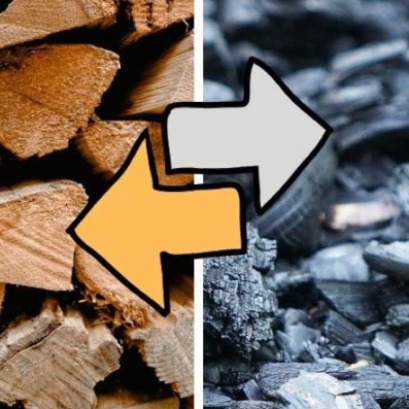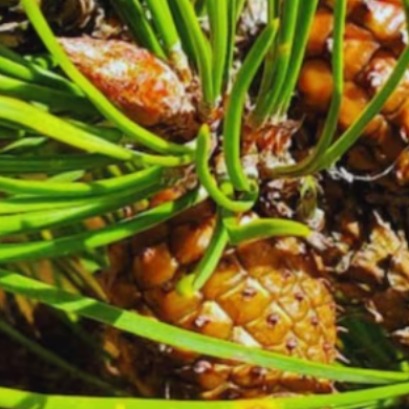
The fair continues until Friday 29, in the Events Park of Bento Gonšalves
The Bento Gonçalves Events Park will be the meeting point between suppliers of machinery, raw materials, accessories, entrepreneurs and professionals in the furniture sector. On Tuesday, 14h, the official opening of the fair is celebrated, with the presence of the vice-governor of the State of RS, Ranolfo Vieira Júnior, and with the good news of an increase in the number of exhibitors that this year jumped to 380, being 35% new brands, with the opportunity to network, sign alliances and close estimated business in US $ 290 million. For this, 25 thousand visitors are expected for this 14th edition of the FIMMA Brasil 2019. "Without doubt, who wins is the visitor who will have a wider range of products available." These are brands that see in FIMMA Brazil an opportunity to enter and grow in the market and also corroborate with the optimism of resumption of the industry, "commemorates Henrique Tecchio, president of FIMMA Brasil 2019.
In this 14th edition are present 32% will be companies of machines, 20% of raw materials, 18% of tools, 15% of accessories and 10% of components and 5% of other segments.


IT MAY INTEREST YOU
 Native forest | In Misiones, controls are tightened on routes for illegal transport of native wood, logging of forests without permits and fraudulent digital guides
Native forest | In Misiones, controls are tightened on routes for illegal transport of native wood, logging of forests without permits and fraudulent digital guides
Informality in forestry activity in Misiones was once again evident, the culture of operating illegally is a historical problem, and the Ministry of Ecology and Renewable Natural Resources carries out the corresponding control and inspection operations in the regulation of productive activity and sustainable management for the use of native forests.
 Canadian researchers make biochar from wood waste that rivals steel in strength
Canadian researchers make biochar from wood waste that rivals steel in strength
Researchers at the University of Toronto have developed monolithic biochar from wood that can reach an axial hardness of up to 2.25 GPa, similar to mild steel.
 The DNA of forests: they discover what makes a tree resist drought
The DNA of forests: they discover what makes a tree resist drought
An international team, with the participation of INTA and Conicet, discovered that genetics can be decisive for trees to better resist droughts






















